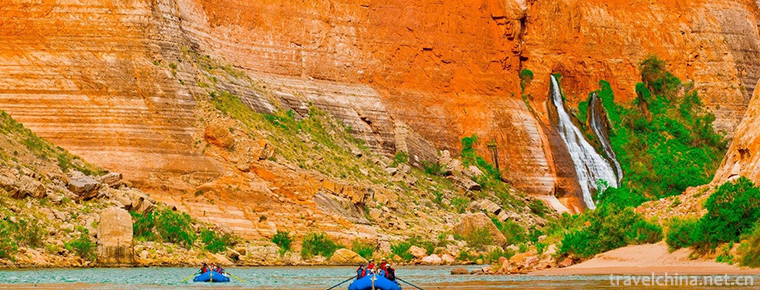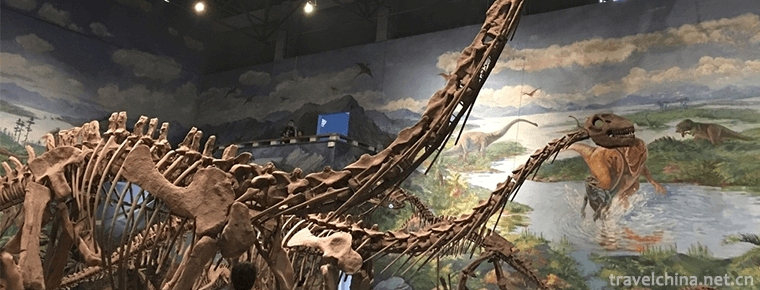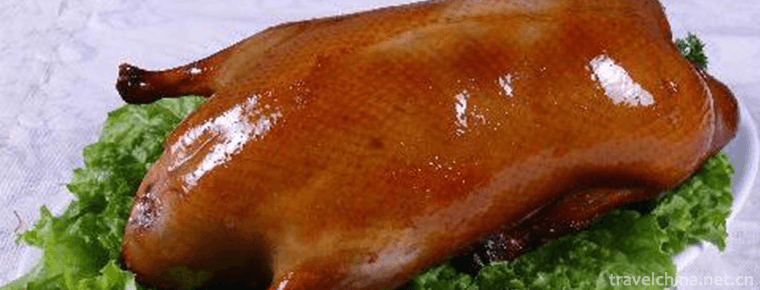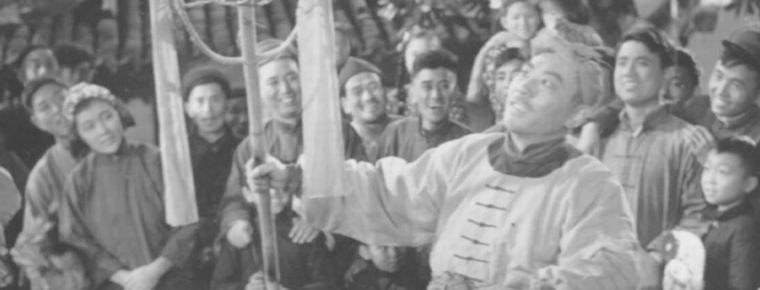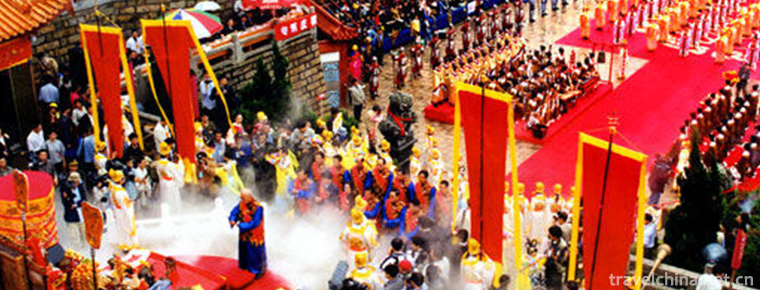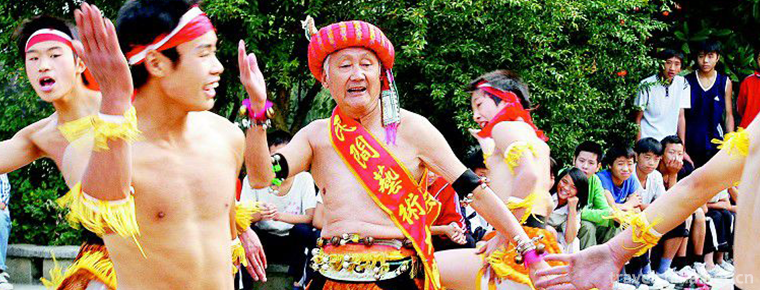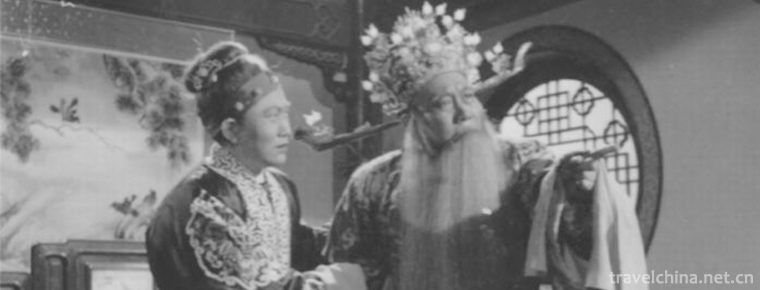Longhua Baxian Mountain Giant Buddha
Longhua Baxian Mountain Giant Buddha
Longhua Baxian Mountain Giant Buddha is located in Baxian, Longhua Town, Pingshan County, Yibin City, Sichuan Province. Since the Bamiyan Buddha in Afghanistan was bombed by the Taliban, the Giant Buddha on the deep mountain cliff in southern Sichuan has become the world's largest Buddha.
Historical evolution
In December 1995, the Sichuan Provincial People's government announced that Longhua Baxian Mountain Buddha was a provincial cultural relic protection unit. Some cultural relics experts speculate that the carving date of the Buddha was Ming Dynasty, which is more than 400 years ago. However, there is no relevant literature on why and who did it.
In 1997, the Yibin cultural relics engineering team carried out a comprehensive restoration of the Longhua Giant Buddha. No bullet holes were found on the Buddha. In 2012, Yibin cultural relics engineering team carried out another maintenance of the Giant Buddha.
In Bamiyan, Afghanistan, there were two Buddha statues with the height of 37 meters and 55 meters respectively. They were blown up by the Taliban in 2001. The 32 meter high Longhua Baxian Mountain Buddha has become the largest Buddha in the world.
architectural style
In Baxian Mountain, we can see that the Giant Buddha on the cliff is wearing a cassock, with his left hand as his chest, his right hand drooping and his palm facing outward. Shi Zuming, President of Yibin Buddhist Association, confirmed that the Buddha statue was "Jieyin Buddha". On the stone wall on the left side of the Buddha statue are four man-made Danxia caves, which are the burning lamp cave, Guansheng cave, Sanqing cave and Sansheng cave. Couplets are engraved on both sides of the cave: "the stone wall is open, the sky is stored in the Buddha's land at that time; the source of Taoism is consistent, and people will worship the divine arts from now on." In addition, there are three caves: Yuhuang cave, Changsheng temple and Sanxiao cave.
The mystery of construction
Longhua Buddha is a provincial cultural relic protection, presumably carved in the Ming Dynasty.
The full name of Longhua Baxian Mountain Provincial Cultural relic protection unit is "Danxia cave cliff statues and stone carvings". It is the Baxian Mountain Buddha and the stone carvings nearby, which are the whole of cultural relics. In the 2013 edition of Jiudu cultural relics published by Yibin Museum, it is recorded that "the cliff statue is located on a cliff in the southwest of the whole. It is a deep relief Buddha statue with cassock and spiral bun, which is more than 30 meters high." But there is no accurate record of time and time.
In 2005, Sichuan Provincial Bureau of cultural relics published and issued the annals of Sichuan cultural relics, which recorded that "according to the inscription on the stone que of Sanqing palace in Danxia cave, the hall was founded in 1841 (the 21st year of Daoguang period in Qing Dynasty) For the description of the Buddha, there is only one sentence: "it is said that Xu Hongjun donated money and made it during the reign of Guangxu." The stone couplets show that the statue of the Giant Buddha predates the Danxia cave.

-
Shibing Karst
Karst is karst. It is the general name of the geological function of water in dissolving rock (carbonate rock, gypsum, rock salt, etc.) mainly by chemical dissolution.
Views: 225 Time 2019-02-08 -
Weihai Tianmu Hot Spring Resort
Tianmu Hot Spring Resort Project invested 600 million yuan by Zhuhai Tianmu Group. A total of 35,000 square meters were opened in September 2008..
Views: 81 Time 2019-02-22 -
Zigong Dinosaur Museum
Zigong Dinosaur Museum is located in the northeast of Zigong City, Sichuan Province, 11 kilometers from the city center. It is a large site museum built on the world famous "Dashanpu Dinosaur Fos.
Views: 225 Time 2019-03-22 -
Pot fried chicken
Guguo fried chicken is a local traditional dish in Changshu, Jiangsu Province, which belongs to the Su cuisine family. Located at the foot of Yushan Mountain in Changshu.
Views: 259 Time 2019-03-25 -
Shanghai Opera
Shanghai Opera, a local traditional drama in Shanghai, is one of the national intangible cultural heritage..
Views: 158 Time 2019-05-03 -
Lv Jiahe Folk Song
Lvjiahe Folk Song is a kind of folk song which is popular in Lvjiahe Village, Guanshan Town, Danjiangkou City, Hubei Province. Located in Wudang Mountain Scenic Area, the village retains a large numbe.
Views: 198 Time 2019-05-15 -
Mazu memorial ceremony
Mazu Festival, which originated in Song Dynasty, experienced Yuan, Ming and Qing dynasties and continued to expand and enrich. By the Qing Dynasty, Mazu was named "Tianhou", and the title re.
Views: 204 Time 2019-05-15 -
Pudong Publicity Book
Nanhui Xuanjuan is an ancient traditional art of rap and singing. Xuanjuan originated from "vulgar speaking" in Tang Dynasty and "Tanjing" in Song Dynasty. It is a term used by Bud.
Views: 112 Time 2019-06-09 -
Meat rustles
"Meat Lianliang" refers to the native minority local dance variety in Lichuan City, Hubei Province, which takes the unique body performance as the main form. It is popular in the city's Duti.
Views: 229 Time 2019-06-11 -
Uygur Dastan
Uygur Dastan is a kind of Uygur singing and playing music. It is a kind of long narrative poem with rap and singing. It is a long poem with complete stories and characters. It is a folk art form with .
Views: 137 Time 2019-06-26 -
Hunan Opera
Hunan Opera, is one of the traditional operas in Hunan Province. It is popular in Changsha and Xiangtan, mainly in the twelve genera of Changsha Mansion, namely Changsha, Shanhua, Xiangyin, Liling, Xi.
Views: 232 Time 2019-07-03 -
Ecological environment of Luzhou
On July 5, 2019, the Ministry of ecology and environment of the people's Republic of China announced the special investigation of black and odorous water bodies in the first stage of overall planning and strengthening supervision in 2019. Luzhou was listed in the "list of cities whose.
Views: 348 Time 2020-12-14
